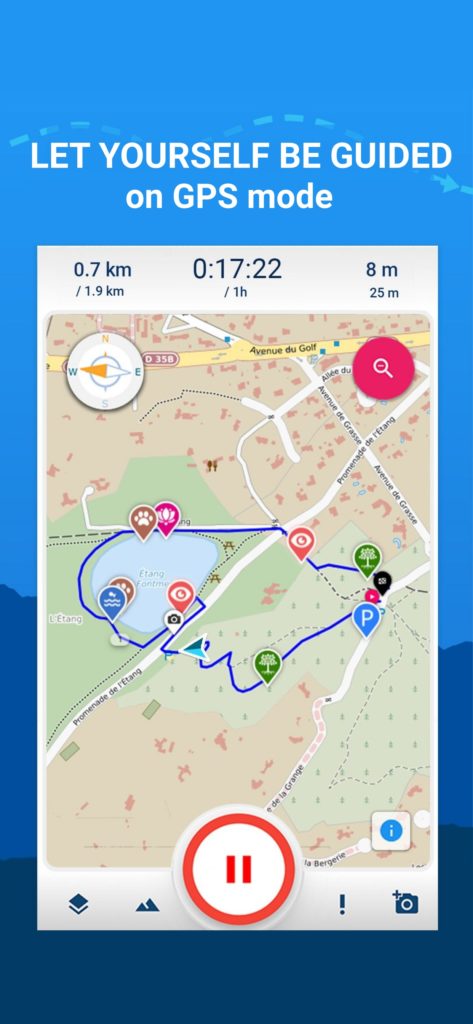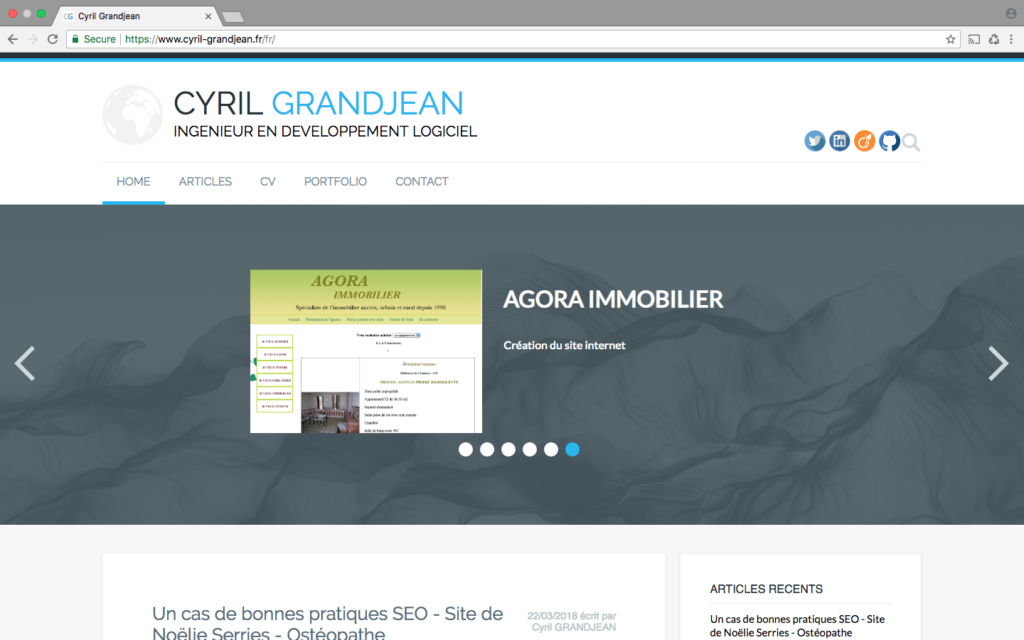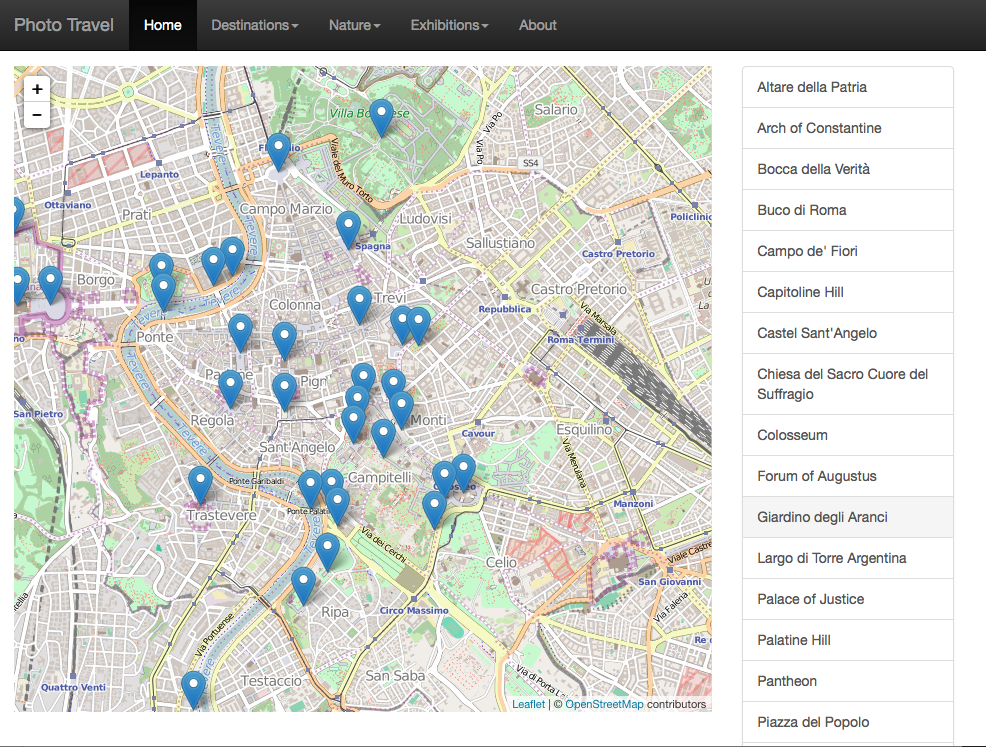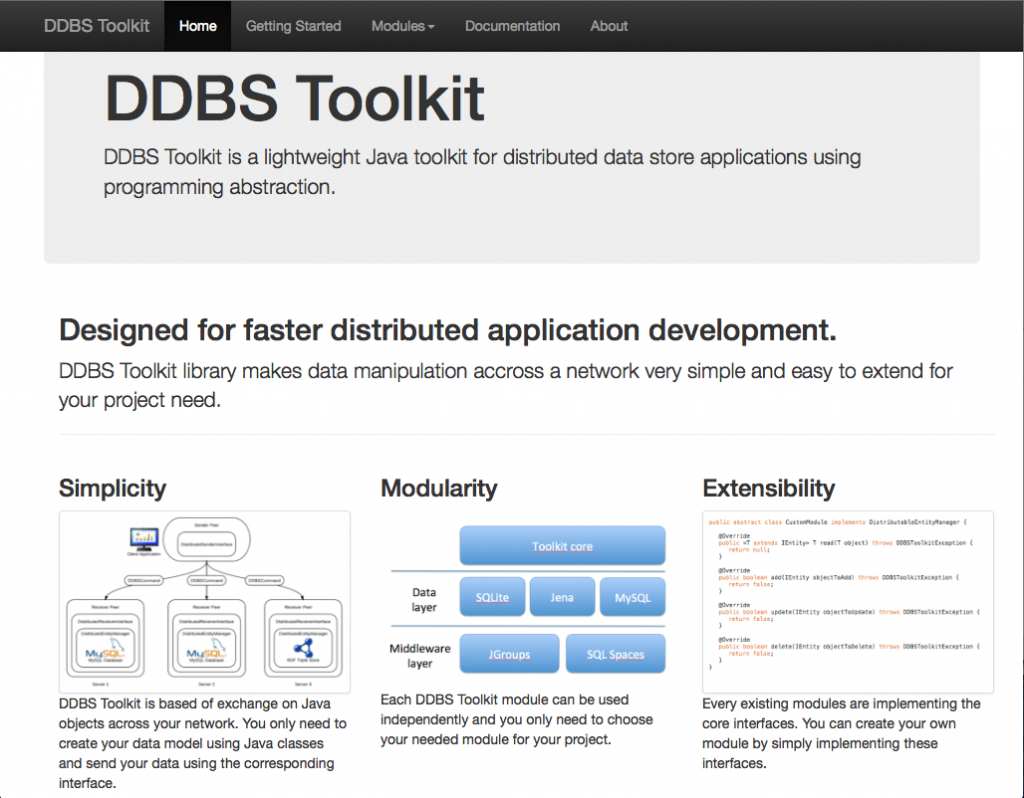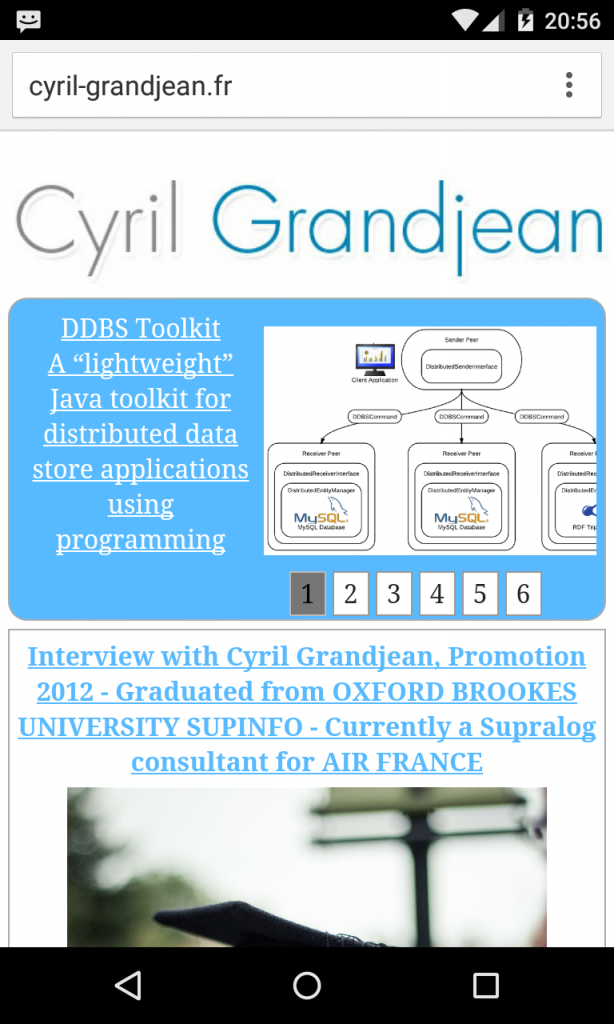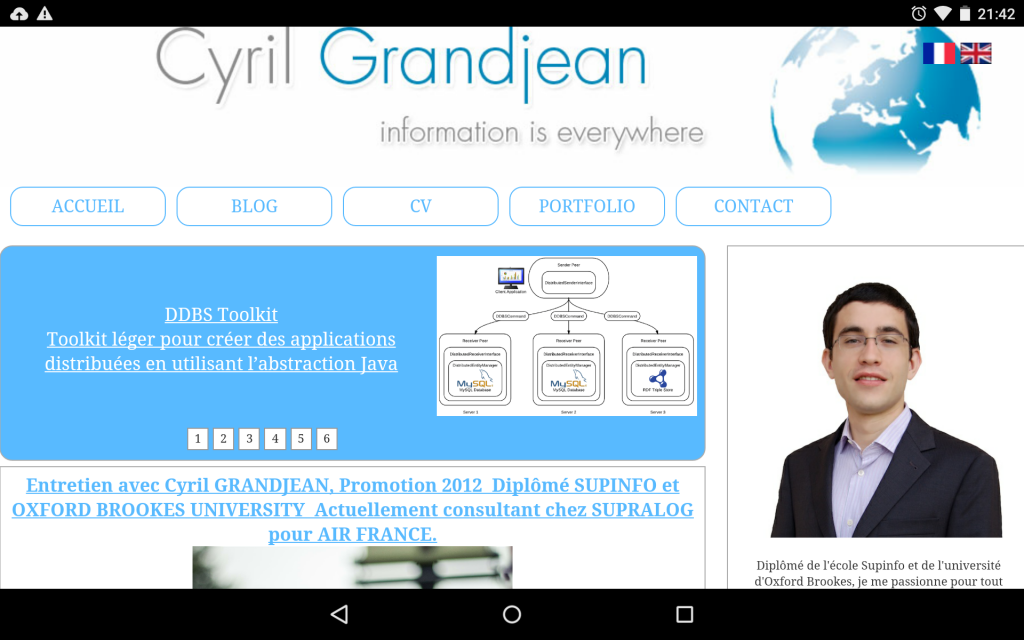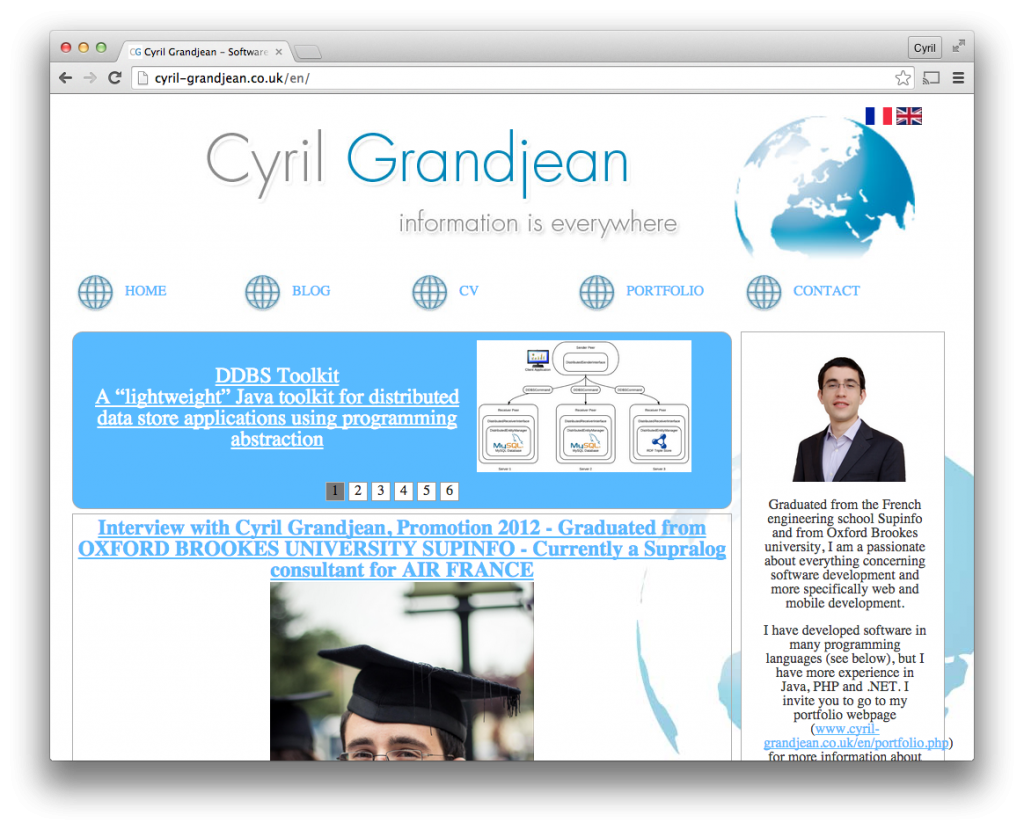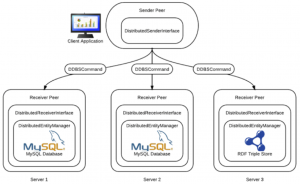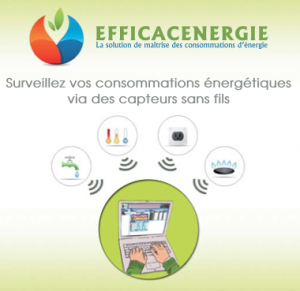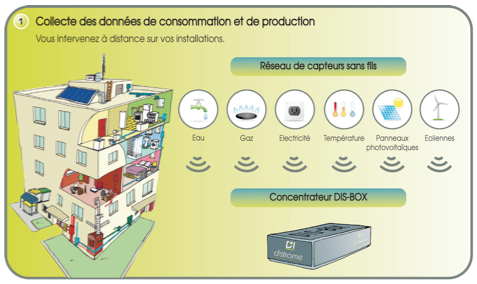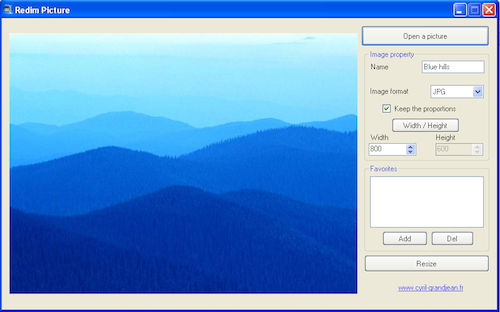Outside of the professional field, I like photography and hiking. This is why I created the French Riviera Hiking Meetup group to meet people from all over the world around hiking in the Alpes Maritimes. Because I like to couple personal projects with my passions, I decided a few years ago with friends from the Meetup group to create the OpenTracks project in my spare time.
OpenTracks is a website (https://opentracks.app) but also an iOS (link) and Android (link) application intended for people who like walks, hikes, snowshoe hikes, trails and treks.
Thanks to the OpenTracks application, you can search for hikes according to a lot of selection criteria but you can also perform the selected activities from your mobile thanks to the integrated GPS and the optimized offline mode to ensure that you are not lost but also by optimizing the battery usage. I invite you to explore the OpenTracks website and the descriptions of the mobile applications in more detail to discover more about the multiple features of the application and do not hesitate to create an account on the application if you are interested by the application.
I take advantage of the development of the application to improve my knowledge in JavaScript front-end and backend (OpenTracks is an application entirely developed in Javascript) as well as in mobile development which was an area that was relatively theoretical for me until now and to create a robust architecture that would allow to have pages displayed in SSR (for SEO), while being optimized on mobile. A difficult technical challenge but not uninteresting 🙂
I took advantage of this project to implement Test Driven Development in the application lifecycle. A small waste of time at the start of the project but which is now a considerable time saver thanks to the automatic tests which have been enriched over the versions of the application and which contributes to the continuous improvement of the quality of the application by avoiding regressions.
